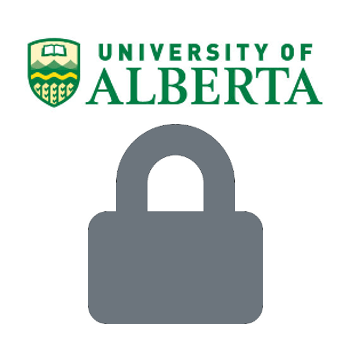This decommissioned ERA site remains active temporarily to support our final migration steps to https://ualberta.scholaris.ca, ERA's new home. All new collections and items, including Spring 2025 theses, are at that site. For assistance, please contact erahelp@ualberta.ca.
Search
Skip to Search Results- 8Computational Linguistics
- 4Morphology
- 3Indigenous Languages
- 3Indigenous Peoples
- 3Language Documentation
- 3Successful SSHRC
- 2GAPSSHRC
- 1Arppe, Antti
- 1Beck, David
- 1Dacanay, Daniel B.
- 1Daniel Benedict Dacanay
- 1Daskalaki, Evangelia
- 3Toolkit for Grant Success
- 3Toolkit for Grant Success/Successful Grants (Toolkit for Grant Success)
- 3Graduate and Postdoctoral Studies (GPS), Faculty of
- 3Graduate and Postdoctoral Studies (GPS), Faculty of/Theses and Dissertations
- 1Philosophy, Department of
- 1Philosophy, Department of/Book Reviews (Philosophy)
-
1998
Introduction: This is a book of articles about a new theoretical underpinning for computational linguistics. Despite this narrow and technical aim, it contains much that is of interest to philosophers of mind, epistemologists, and philosophers of language, regardless of whether they also have an...
-

2015-01-30
SSHRC Awarded CG 2015: Funding to support an academic conference entitled "Discourse Expectations: Theoretical, Experimental, and Computational Perspectives (DETEC)", at the University of Alberta, from June 17-19, 2015. The conference will address theoretical issues concerning what linguistic...
-

2017-10-08
SSHRC Awarded IG 2018: The project will document languages belonging to the Central Totonac branch of the Totonacan language family, which are in danger of extinction. Languages contain irreplaceable records of a people's knowledge of their natural environment and their cultural, social, and...
-
Fall 2017
Inflectional morphology presents numerous problems for traditional computational models, not least of which is an increase in the number of rare types in any corpus. Although few annotated corpora exist for morphologically complex languages, it is possible for lay-speakers of the language to...
-

2018-10-29
SSHRC PG awarded 2019: In response to the well-documented threats to Indigenous cultures and languages, this Partnership project will support the revitalization and sustained daily use of multiple Indigenous languages by developing modern technological tools and resources for these languages in...
-
Fall 2020
Distinguishing between homonymy and polysemy can facilitate Word Sense Disambiguation (WSD), as WSD systems use the standard sense inventories that are excessively fine-grained and include many polysemous senses. We classify words as either homonymous or polysemous by building graphs of word...
-
A Comparative Analysis of Manual and Vector Semantic Organisation using a Bilingual Dictionary of Plains Cree
Download2022-05-04
This thesis shall address the nature of, and various possible approaches to, semantic classification in a bilingual dictionary setting, in this instance, in that of a low-resource language (Plains Cree/nêhiyawêwin, ISO:crk). In doing this, we shall discuss the distinct, yet partially overlapping...
-
Fall 2024
In writing this thesis, I aim to accomplish three primary objectives, all of which are intended to increase the quality and quantity of language resources available in Woods Cree (nîhithawîwin, ISO:cwd). Firstly, I provide here a thorough descriptive overview of the Woods Cree phonological and...